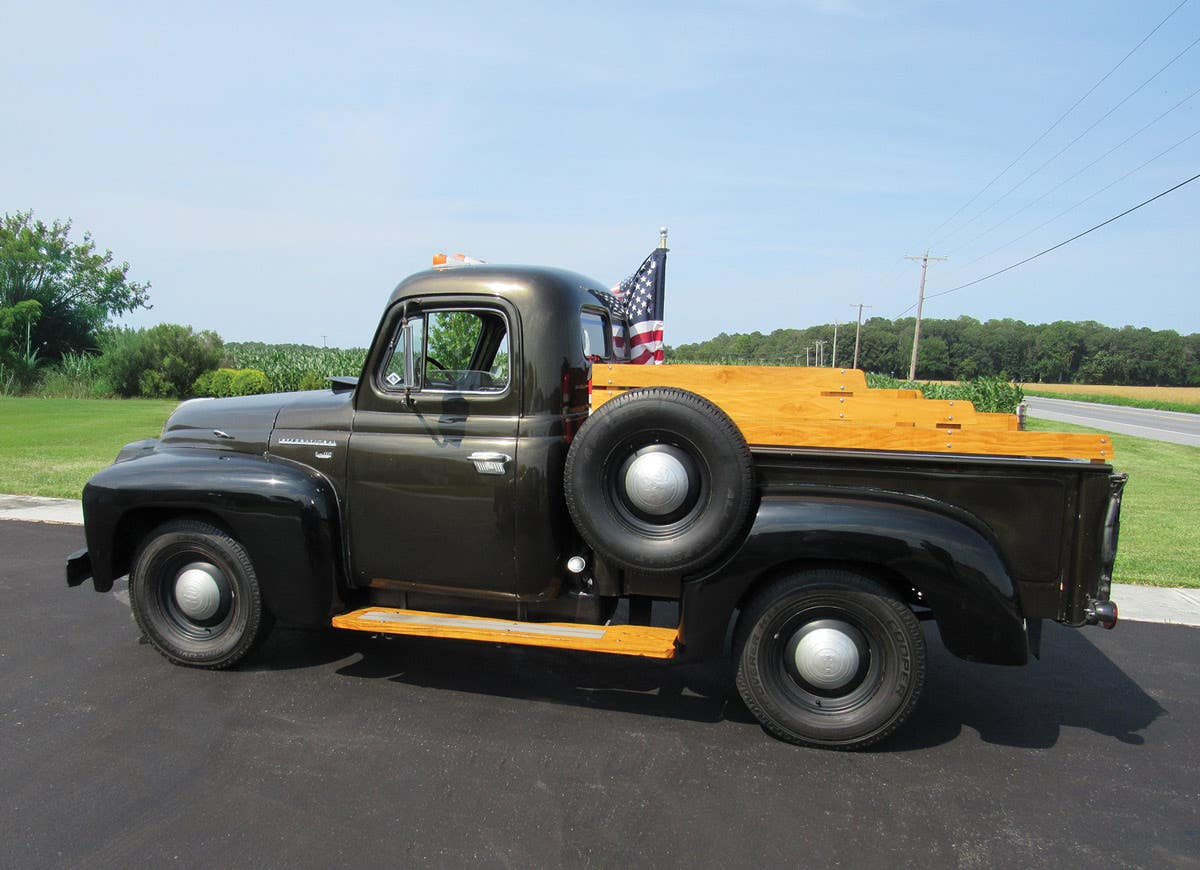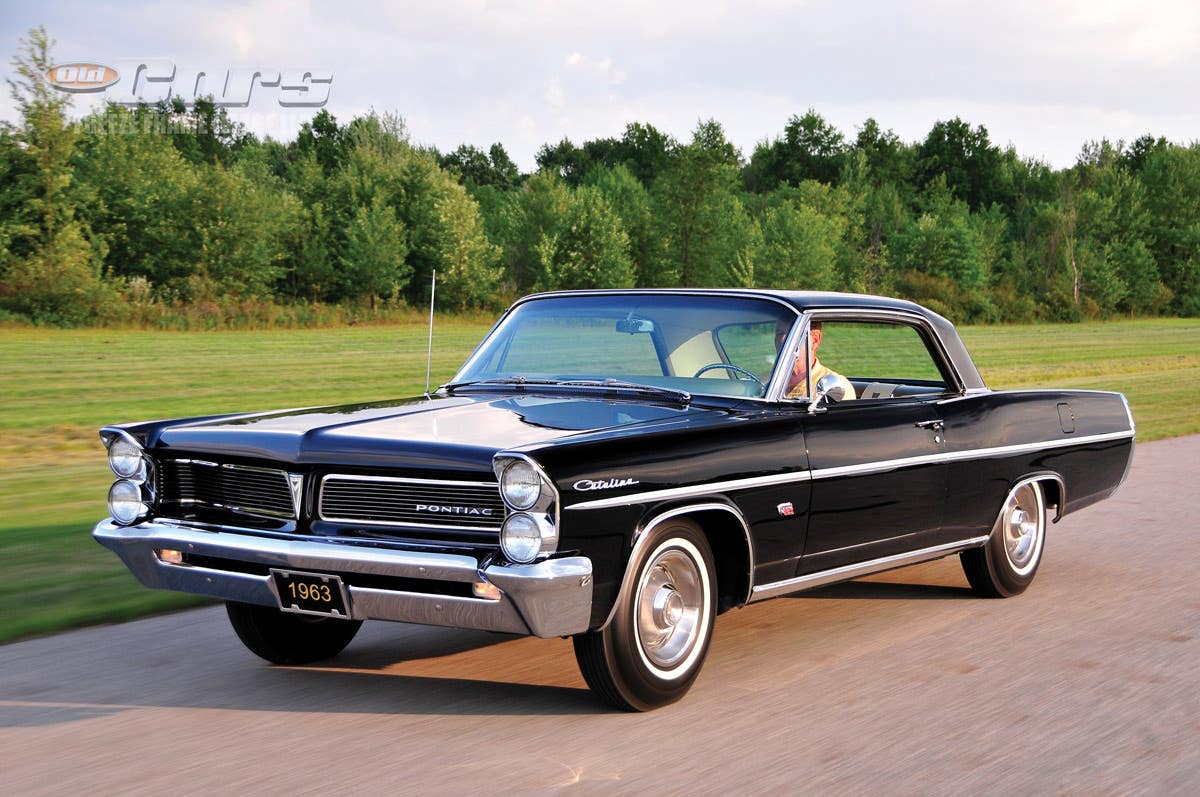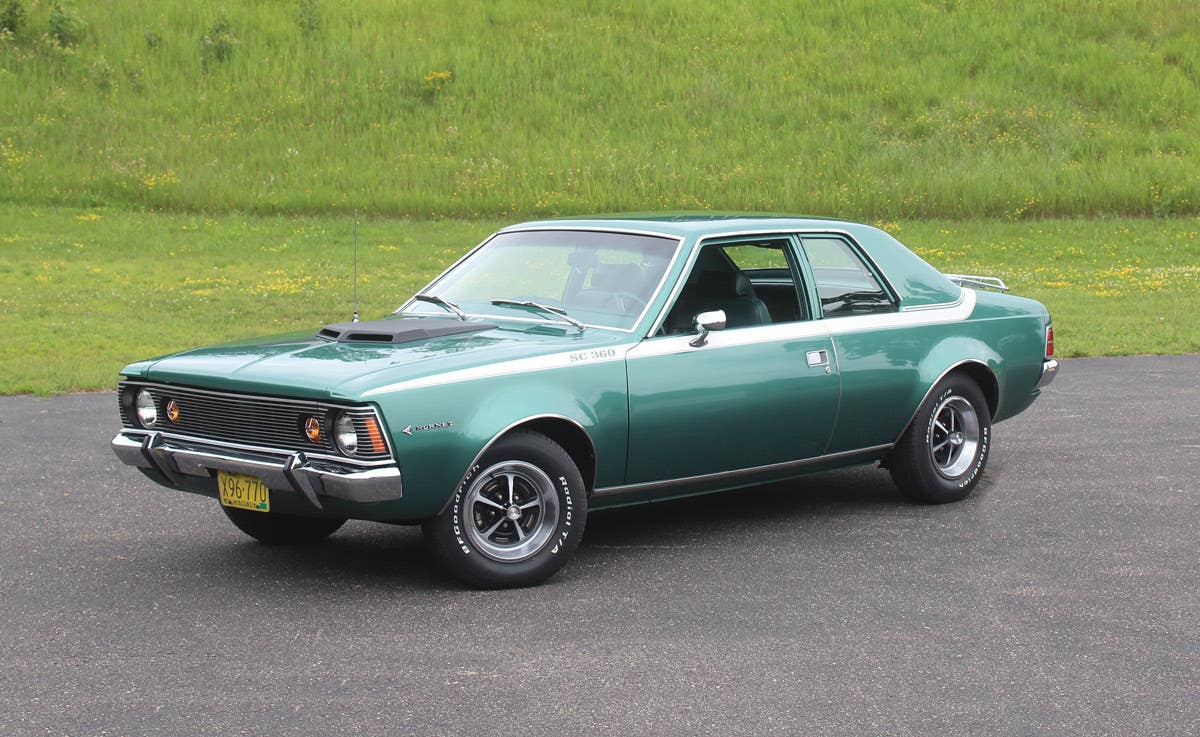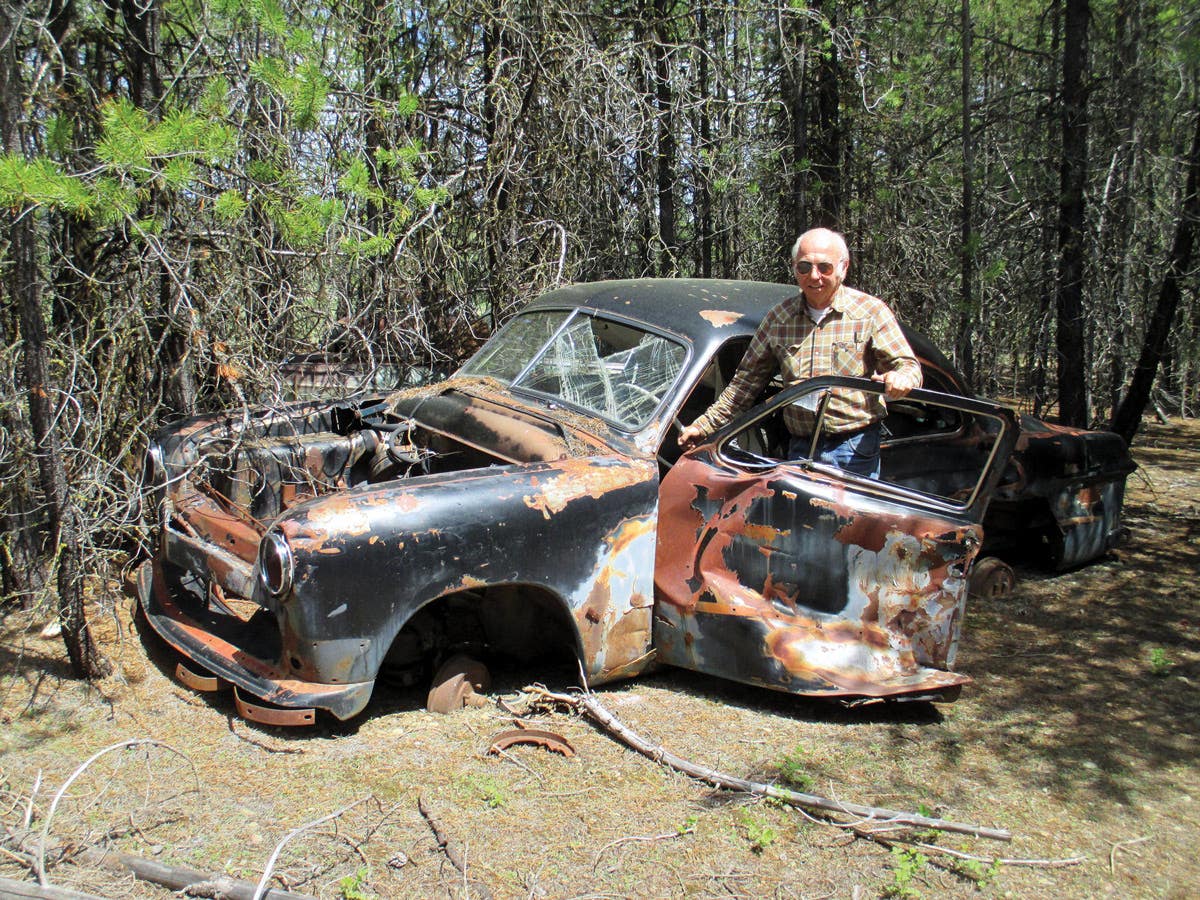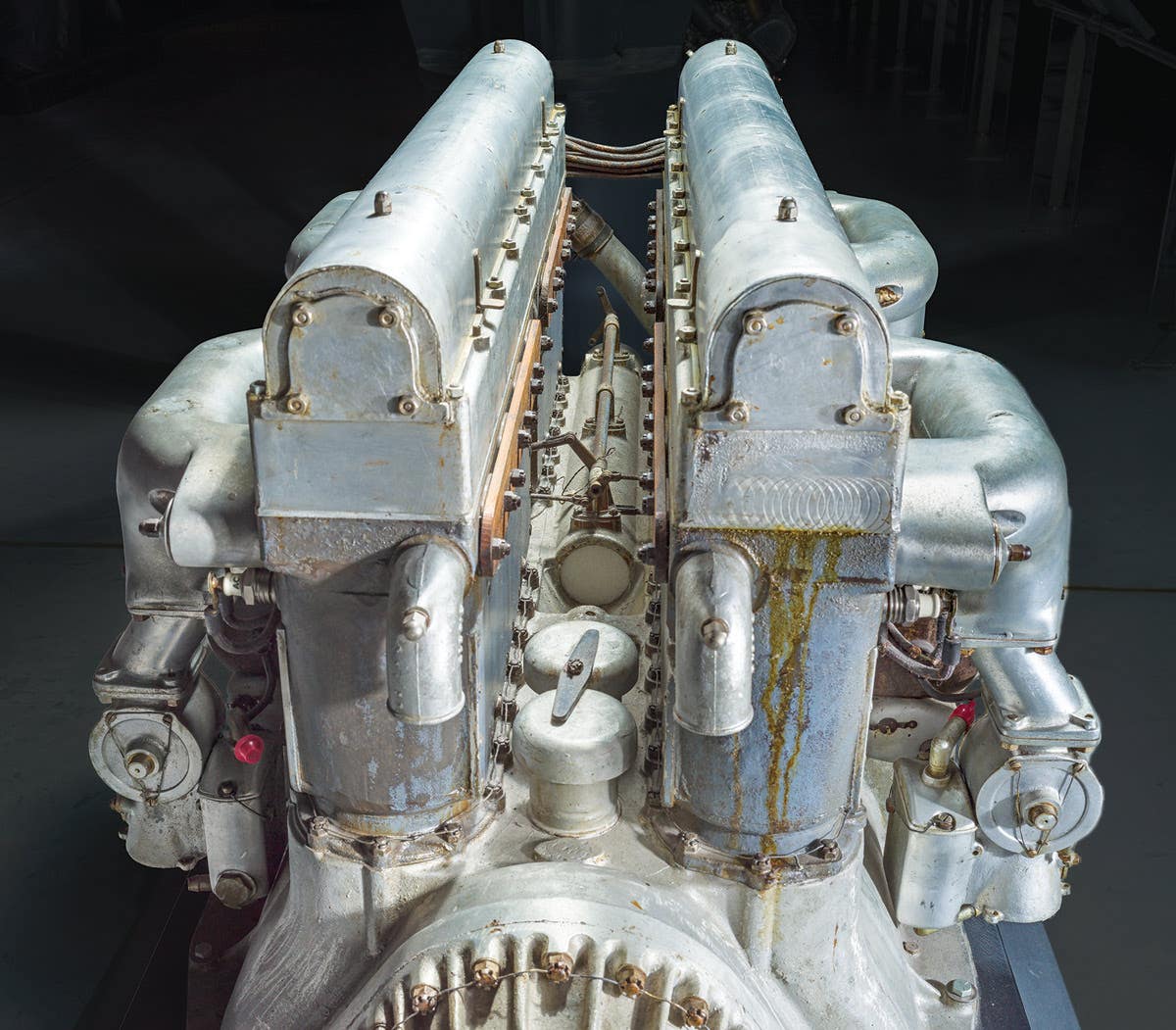Tip-top floor pans
Tips for do-it-yourself unit-body floor pan restoration By John Gunnell Many unit-body cars need floor panel repair or replacement. Whether it’s best to fix an isolated rust hole in the…
Tips for do-it-yourself unit-body floor pan restoration
By John Gunnell
Many unit-body cars need floor panel repair or replacement. Whether it’s best to fix an isolated rust hole in the existing floor or cut it out completely and install an entire floor pan depends on the size of the hole and your preference. The floor pan is an important structural part of a unit-body car, so large rust holes or widely dispersed pinholes mean a new floor pan is in order. However, if the rust is isolated, new patch panels can be installed, thus saving some of the original sheet metal and money in your wallet.
The actual size of the hole is rarely visible before sandblasting. It’s not until the panel is blasted, poked and the rusty metal is cut away that the actual damage is obvious. What started out as a small opening can become a huge crater. If you have a crater, you’ll need a full floor panel. New panels can come as a single piece that is part of a complete replacement floor or as right- and left-hand panels that run the full length of the floor on each side of the center transmission tunnel, or as quarter pieces for the right front footwell, the right rear footwell, etc.
Out with the old
Before cutting out the old floor pans, make sure the body is fixed squarely on the ground or in a rotisserie (this is especially important on convertibles). Bracing the body while it is square will ensure the floor pans are not welded in place while the body is twisted, thus twisting the body. Brace the body in the door openings and from side to side and front to back and anywhere else there is an opportunity for the body to twist.
If you haven’t already done so, remove the seats, carpet, console (when equipped) and anything else that may hinder access to the floor. If possible, use a media blaster to clear paint, rust and other debris from the top and bottom of the floor pan for an accurate view of the rust’s extent. Then examine the floor section that will be replaced. Many restorers prefer using a one-piece panel and replacing the entire floor. However, two-piece full-floor panels or even half panels are easier to install if they are big enough to replace the rusty section.
For example, if only the driver floor and passenger rear floor in a unit-body car such as a Camaro are rusty, you may wish to install these two footwell replacement panels.
Cutting out the bad sections of the old floor can be tricky, so do this carefully and try to get the best tools available. An Air Whizzer tool will help and an air saw with a very small, thin blade comes in handy. An angle grinder fitted with a cut-off wheel can also be used.
Another option is an air-powered chisel, if a large compressor that won’t leave you high and dry on air every few seconds is available. The ultimate tool for the job is a plasma cutter.
Now, cut out the bad sections of the old floor and trim the replacement panels to fit inside the cut out area. They will be butt-welded in.
In with the new
Butt-welding eliminates overlapping sheet metal with gaps where corrosion could re-start. With a MIG welder, weld the trimmed panels in place, putting tack welds at all four corners and filling in the seam with tacks every few inches around the perimeter. Once the new panel is tacked in place, weld different areas a few inches at a time to keep the pan from heating up and warping. When welding, wear a welding helmet and welding gloves.
Once the panel is welded in place, grind the welds under the car smooth. Leave a little weld on top for extra strength. Then, use Marson Mar-glass fiberglass filler to add strength. This green filler is a waterproof fiberglass filler that mixes like regular filler with a small amount of hardener. It’s applied like filler, but has added strength due to the small fiberglass strands in it. Use it for initial coats over the welds. Then, apply tan Marson Golden Extra on top of the repair for final shaping and forming. After applying tan filler, use whitish-blue Evercoat polyester glazing putty for final fills. It’s thinner than filler and fills sanding scratches and air holes.
Also use Marson Golden Extra filler to smooth the underside of the floor patches to make the surface look factory new. This work can be done without a rotisserie, if you’re willing to spend hours laying under the car with dust falling in your face. A rotisserie is a nice piece of equipment, but not a necessity.
A word about replacement panels
Complete one-piece floor pans are favored by many restorers. Prices for full floor pans range from $250 to $400, depending on the source and application. Note that all replacement panels may need minor tweaking to perfectly fit, but better-quality, U.S.-made replacements tend to need the least amount of preparation and installation work. Quality floor panels come with better features such as caged nuts for attaching the floor pans to a unit body sub-frame mounting, seat belt anchors, rear seat bottom anchor hooks and torque boxes.



